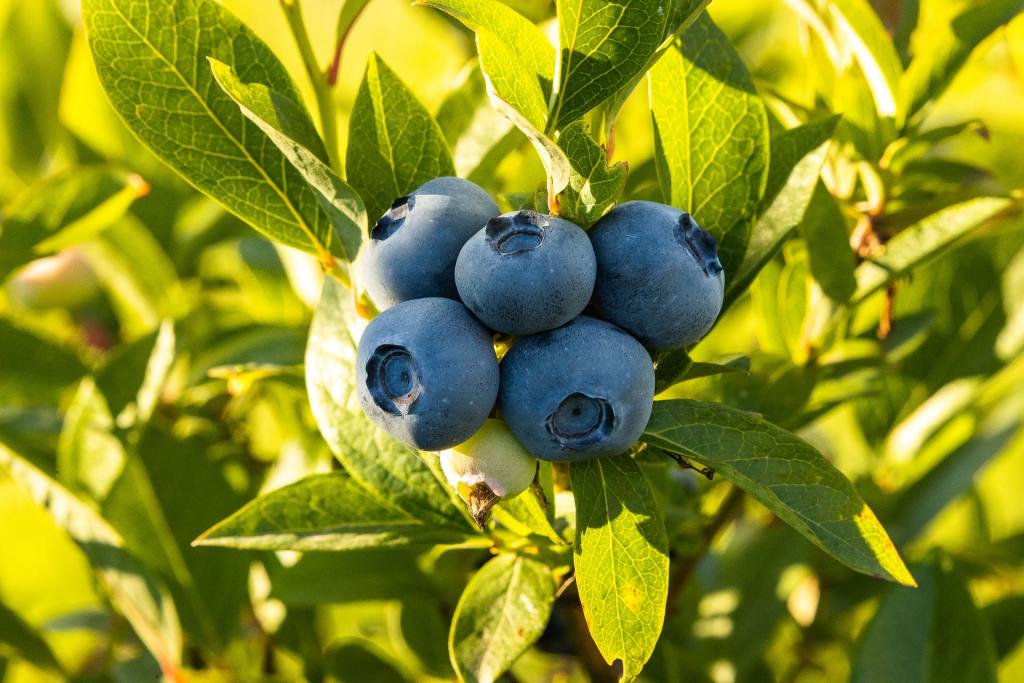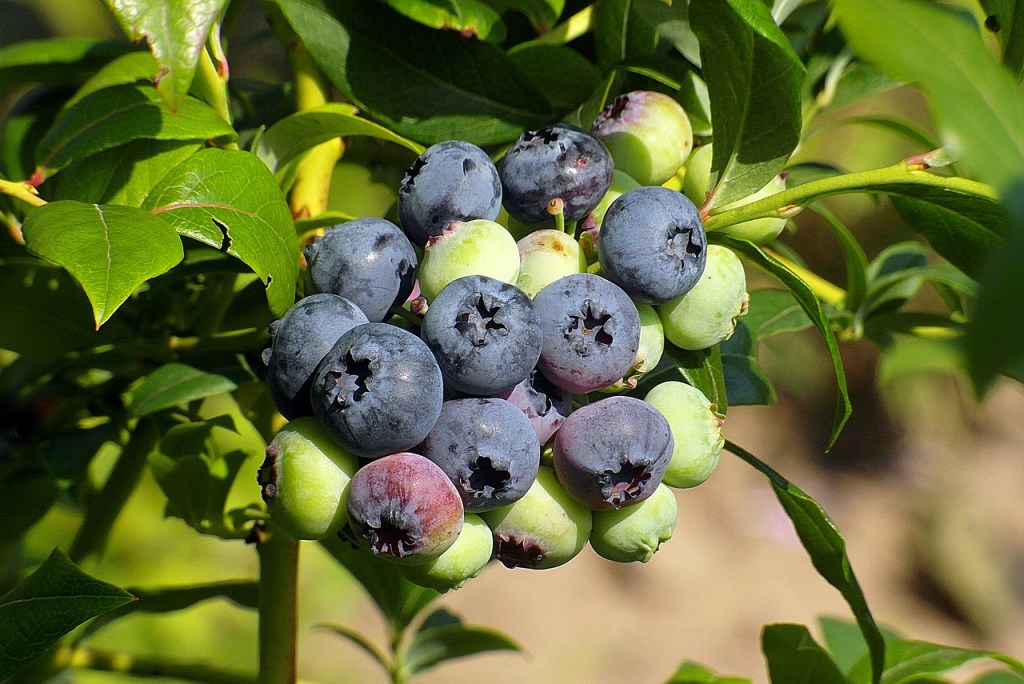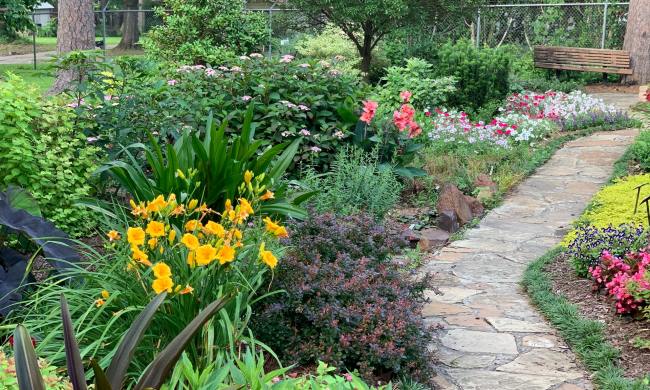Fresh blueberries are a treat like no other. Whether you bake them into pies, freeze them to use as ice cubes in drinks, or just eat them plain, these little blue spheres are delicious. The bushes they grow on make a beautiful addition to any yard or garden, too. If these statements ring true for you, then you’re in luck; we’re going to break down everything you need to know about growing your own blueberries from seedling to success!

Climate
There are several types of blueberries with different levels of cold and drought tolerance, which means they can be grown in a wide range of locations. One or more varieties of blueberry can be grown in hardiness zones 3 through 9. For cooler climates, a highbush blueberry is a great choice, while hotter climates may have better luck with a rabbiteye blueberry bush.
Highbush blueberries are typically what you find in larger retailers. If you live in a more southern region, but don’t want to plant a blueberry variety you aren’t familiar with, there are also southern highbush blueberries. They have a slightly higher heat tolerance than typical highbush blueberries.
Soil
Blueberry bushes prefer rich, acidic soil. They need soil that is nutritionally balanced, but they use a lot of nitrogen. Fertilizing with something that is acidic and nitrogen heavy, like coffee grounds or pine needles, is a good idea, especially if your soil has a more alkaline pH or is naturally low on nitrogen. Most blueberry bushes have shallow roots, so the top six inches of your soil should be your main focus. The ideal soil is well draining. If your soil is majority clay or extremely weak and sandy, consider growing your blueberry bush in a container.
When planting your bush, be sure to loosen the soil around the hole you dig and spread the bush’s roots by hand if they seem tight. Fill the hole in and add any fertilizer or amendments that you plan on using, but don’t pack the soil in. Leave it relatively loose, so the roots can stretch more easily and so you don’t accidentally damage their shallow roots.
Sun
Like most fruit-bearing trees and bushes, blueberry bushes enjoy full sun and produce more fruit when they have more sunlight. There are a few exceptions, though. If you are growing a northern variety in a hotter climate, or if you live somewhere with extreme heat, your blueberry bush will appreciate some shade during the hottest parts of the day.
If you live somewhere with strong winds, your blueberries will need some protection from them. This may interfere with how much sun you blueberries can get, but blueberry bushes are susceptible to wind damage. It’s better to protect your bush and have a marginally smaller harvest than to have no blueberries at all.
Water
When you first plant your blueberry you’ll want to water it deeply to help it settle in, but what about after that? During spring, when they do most of their growing and begin putting out flowers, blueberry bushes need roughly an inch of water each week. Once the flowers close and they start to produce fruit, increase to four inches each week. The top inch of soil should be moist, especially during the fruiting season.
If your soil drains too quickly, or if you have a particularly hot, sunny climate, you may need to water more often. Adding peat moss or pine needles to your soil can help it retain some water and adds to the natural acidity of the soil.

Pests
You may see some damage from small, leaf-eating insects that you can prevent using your favorite pest control method, but the main pests for blueberry bushes are birds. Birds love blueberries as much as we do, and if you aren’t careful they’ll pick your bush clean before you get the chance to harvest.
The best way to keep birds, squirrels, and any other blueberry thieves off of your bush is to cover it with netting once the blueberries begin to form. You can get bird netting at most gardening or home improvement stores.
Pruning
Blueberry bushes thankfully don’t need much pruning for the first few years of their lives. When you first get your sapling and after any harsh storms, inspect your bush for damaged branches. Prune these away carefully using sharp garden shears.
After year four, your blueberry bush will need more regular pruning. Prune branches that touch the ground — or that are low enough for their fruit to touch the ground — as well as any weak or abnormally thin branches, and branches toward the center of the bush, as those can become crowded. Prune during winter or early spring, when the bush is dormant. You may not need to prune every year, depending on the variety, but you should inspect your bush to be sure. Pruning helps with overall health and improves the quality of your harvest.
Whether you’re an experienced fruit gardener looking for something to round out your garden or a beginner seeking advice on your first big project, you’re ready to add blueberries to your repertoire. You can use this guide like a checklist, and just go category by category, making sure your blueberries have everything they need to thrive. Soon, you’ll be enjoying the beautiful flowers and flavorful berries every year.



